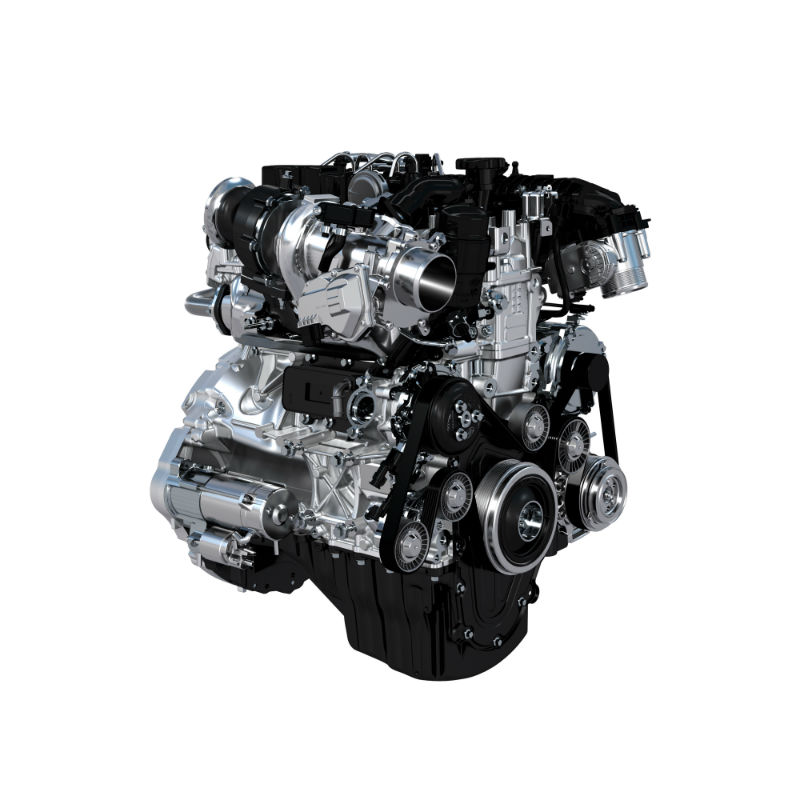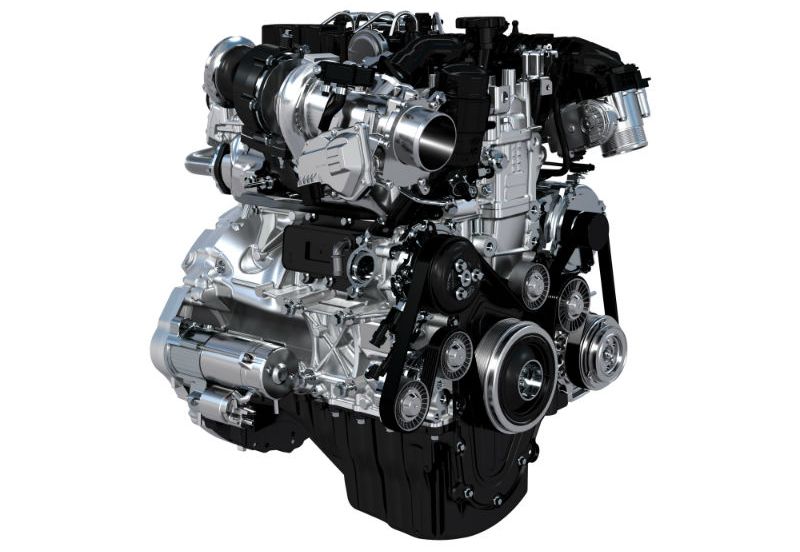Jaguar-Land Rover have introduced their new range of engines, called Ingenium.
These new engines are compact, light-weight, low-emission turbocharged diesel and petrol units that will deliver the power and performance that has come to be expected of JLR. They will have central direct high-pressure fuel injection, variable valve timing and a smart start-stop system. They have also been designed, engineered and manufactured by JLR in an effort to boost horsepower and enhance torque output as well as offer a more refined ride.
The first engine to go into volume production is the AJ200D. It is a 2.0-litre turbo-diesel engine whose exact output is as yet unknown. The engine it will replace, the 2.2-litre four-pot, is capable of 190 PS and 420 Nm to 450 Nm. The new engine is expected to deliver something along those lines, with the power output expected to be 190 PS with a torque of 400 Nm or more.
The Ingenium is a veritable powerhouse of technological innovations made by JLR. As mentioned, the first engine to go into volume production, the AJ200D, features technology that helps reduce friction by almost 17% as compared to the current engines, enhancing the responsiveness and efficiency of the new engine. JLR have made several changes in that help the new engines achieve higher levels of refinement and performance. There are now roller bearings on the cam and balancer shafts instead of the machined-in bearing surfaces. Also, computer controlled variable oil pumps that save energy by delivering the desired amount of oil at speeds, engine loads and temperatures to ensure maximum fuel efficiency. The crankshafts are now offset from the centre of the block. JLR are focusing on not only engine upgrades but also weight reductions to make their cars even better. Despite the added power and performance that Ingenium engines provide, they weigh up to 80 kg less than the current engines.
The Jaguar-Land Rover engineers were presented with a design brief that was challenging and demanded a rethink in the design of the current crop of engines. The engineers had to build an engine that was configurable and flexible enough to fit into the current range of Jaguar and Land Rover vehicles, be pliant so that they could be scaled up or down in order to be fit into future vehicles, accommodate a spread of powertrains: all- and rear-wheel drive. Also, the engineers had to ensure that the engines would be usable with automatic as well as manual transmissions. As a result, engineers have based the Ingenium’s foundation on strong and sturdy aluminium blocks for both petrol and diesel engines. All variants of the engines are turbocharged to improve performance and reduce fuel consumption and emissions.
The production of these engines, beginning with the AJ200D, doesn’t start until 2015.
Story: Pranjal Bhatnagar






















Leave a Reply